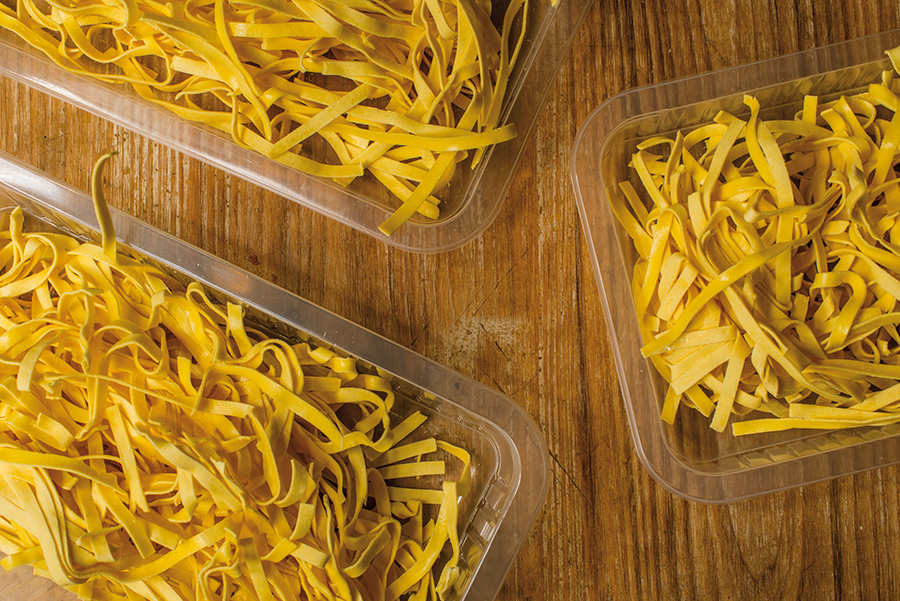The food packaging industry is constantly evolving, driven by the growing demand for fresh, high-quality products. In this context, modified and controlled atmosphere (MAP/CAP)NdT has proven to be a revolutionary technology.
This packaging method preserves the freshness of products and extends their shelf life, improving food safety while significantly reducing waste.
Read more: Shelf-life: what it is and how to preserve it
So, despite some similarities, modified atmosphere (MAP) and controlled atmosphere (CAP) are two distinct techniques involving different packaging procedures. Mainly used for the packaging of perishable foods, these two systems require the use of dedicated food packaging products, specific machinery and certain food additives.
But what does protected atmosphere specifically mean and what are the differences between the two preservation methods?
What is controlled atmosphere?
As mentioned above, controlled atmosphere, or protected atmosphere, is a technique used for packaging food products in order to protect them from oxidation, extend their shelf life and avoid direct contact with oxygen. In the controlled atmosphere packaging process, the air inside the package is replaced with a gas mixture. The package is then hermetically sealed.
During this process, the atmosphere inside the plastic tray is controlled by a specific gas mixture depending on the type of product contained and the desired preservation performance.
The mixed gases that are used include:
- Oxygen
- Carbon dioxide
- Hydrogen
In this way, the inserted gas mixture remains stable over time after the initial handling, with the temperature generally remaining around 3-4°C, and allows for extended storage of the contained products.
Modified and controlled atmosphere: the differences
Although the preservation principle is the same, there are substantial differences between controlled atmosphere and modified atmosphere. In the former, air is replaced with mixed gases, in the latter, the concentration of oxygen inside the package is reduced, sometimes increasing the concentration of carbon dioxide, to increase the food’s shelf life.
In modified atmosphere, therefore, the food breathes and interacts with the gases inside the package, while with controlled atmosphere the gaseous mixture remains stable and uniform.
Discover our products that can also be used in modified atmosphere
Controlled or modified atmosphere applications
Controlled and modified atmospheres are two useful ways of storing perishable food and are used in specific contexts. Typically, controlled atmosphere is used for food storage in cold rooms or containers, using special sensors and instruments to monitor the gas mixture.
For food packaging, on the other hand, modified or protective atmosphere (MAP) is often used. Some of the most common applications include:
- Fruit and vegetables. Fruit and vegetables are often sensitive to oxidation, so Modified Atmosphere Packaging (MAP) can extend their life, allowing for better distribution of fresh produce.
- Dairy products. Cheese and butter, for example, can benefit from reduced oxygen in the packaging environment to prevent fat rancidity.
- Meat and fish. These products require precise control of the atmosphere to prevent bacterial growth and maintain fresh taste.
Hot Form provides a wide range of quality recycled plastic food packaging for modified and controlled atmosphere packaging. For more information on our products, download the current catalogue. Our team of experts will provide you with comprehensive and timely advice.



